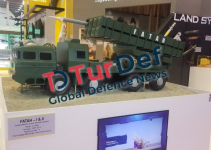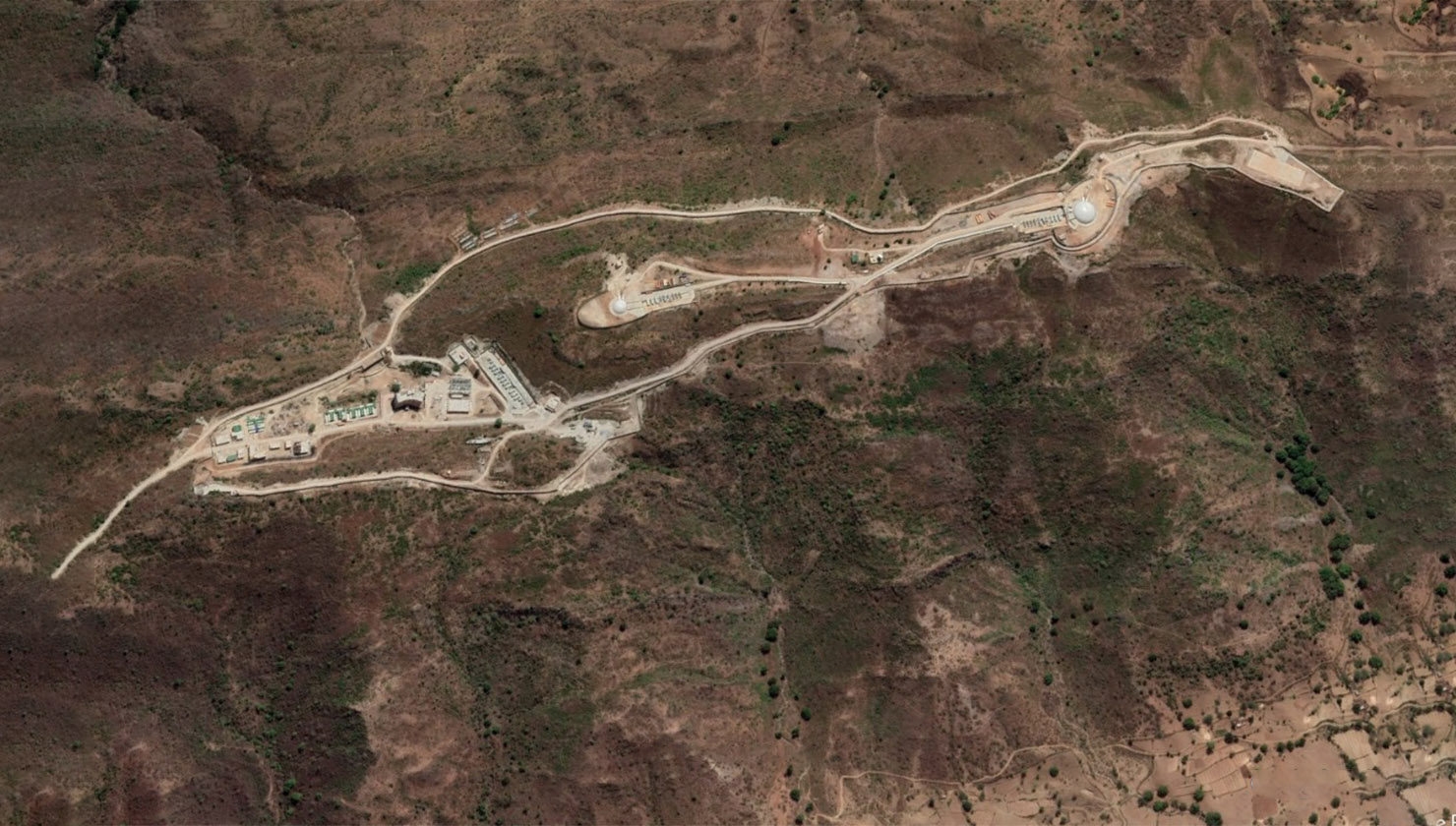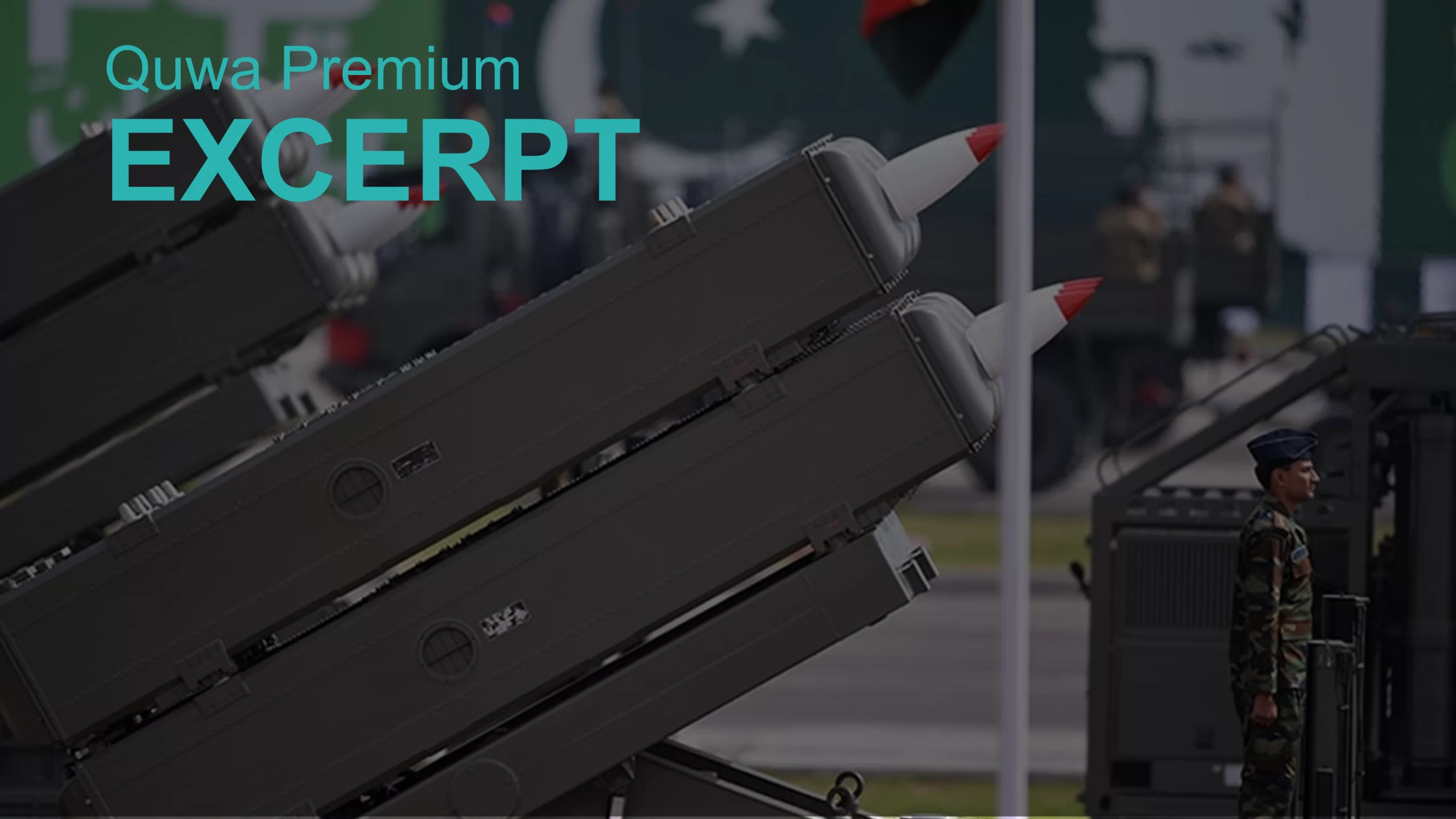CSAW
Full Member
- Mar 9, 2022
- 1,255
- 2,345
- Country of Origin

- Country of Residence

As per reports - HQ-9B is being procured by PAF along side Pakistan Army , which has already got HQ-9P.
This induction is opening a new dimension to Pakistan's air defence tactics which were earlier based on purely fighter interceptors & SAMs were only used for point defence.

The upgraded HQ-9B system equips eight smaller missiles in addition to the four larger missiles integrated with the old system. According to Global Times, the larger missiles are used to intercept targets farther away, and if the remaining targets come closer, the smaller missiles can be used.
The smaller missiles have the same length as the larger ones, but they have a smaller diameter, the Global Times report said. “The eight new-type missiles can be carried by the same transporter erector launcher (TEL) that can carry four of the previously known type.”
The Chinese HQ-9B missile was developed using Almaz-Antey technology and was already acquired by Pakistan. HQ-9B has a range of 240 km, and in the structure of the missile is integrated radar for thermal active targeting and passive infrared search radar. The missile is designed to penetrate hard-to-reach and air-protected regions and sites.
According to Janes Land Warfare Platforms: Artillery & Air Defence, the HQ-9 is a family of SAM systems designed to provide medium-range air defence against a variety of assets in the protection of key strategic locations.

The HQ-9B is an improved variant of the HQ-9 and -9A. The HQ-9B has an increased engagement range of at least 200 km and may employ a dual-mode seeker to improve electronic countermeasures resistance.
The system uses a modified HT-233 target engagement radar, which features different secondary antenna arrangements surrounding the primary array and a much smaller feedhorn assembly compared with the original version.
Richard Fisher, a Senior Fellow at the International Center for Evaluation and Strategy in Alexandria, Virginia, says today the way to counter modern anti-aircraft missile systems, such as the S-400, is to counter modern systems and developments such as “opposing weapons, anti-radiation missiles, electronic countermeasures, UCAV and drone swarms, and low-flying cruise missiles.”

It turns out that the purchase of Russian S-400 air defense systems from India has provoked Pakistan to open other possibilities for possible counteraction. One such possibility is Pakistan’s drone fleet, which was introduced about a decade ago, and is now a mix of Chinese , Turish & Indigenous UAVS in MALE & HALE Category. The use of Standoff Weapons such as Kemankes hint towards use against Air Defense systems.

Mansour Ahmed, a senior fellow at the Pakistan-based think tank, the Center for International Strategic Studies, says the Fatah-1 guided projectile is a weapon that would neutralize the S-400. This projectile was tested in 2021 and has a range of 150 km. Its Extended version Fatah-2 is also in works,



According to Ahmed, Pakistan also has excellent capabilities for electronic suppression or electronic warfare systems. They are part of Pakistan’s armaments and aim to neutralize enemy missiles.
This induction is opening a new dimension to Pakistan's air defence tactics which were earlier based on purely fighter interceptors & SAMs were only used for point defence.
The upgraded HQ-9B system equips eight smaller missiles in addition to the four larger missiles integrated with the old system. According to Global Times, the larger missiles are used to intercept targets farther away, and if the remaining targets come closer, the smaller missiles can be used.
The smaller missiles have the same length as the larger ones, but they have a smaller diameter, the Global Times report said. “The eight new-type missiles can be carried by the same transporter erector launcher (TEL) that can carry four of the previously known type.”
The Chinese HQ-9B missile was developed using Almaz-Antey technology and was already acquired by Pakistan. HQ-9B has a range of 240 km, and in the structure of the missile is integrated radar for thermal active targeting and passive infrared search radar. The missile is designed to penetrate hard-to-reach and air-protected regions and sites.
According to Janes Land Warfare Platforms: Artillery & Air Defence, the HQ-9 is a family of SAM systems designed to provide medium-range air defence against a variety of assets in the protection of key strategic locations.
The HQ-9B is an improved variant of the HQ-9 and -9A. The HQ-9B has an increased engagement range of at least 200 km and may employ a dual-mode seeker to improve electronic countermeasures resistance.
The system uses a modified HT-233 target engagement radar, which features different secondary antenna arrangements surrounding the primary array and a much smaller feedhorn assembly compared with the original version.
Richard Fisher, a Senior Fellow at the International Center for Evaluation and Strategy in Alexandria, Virginia, says today the way to counter modern anti-aircraft missile systems, such as the S-400, is to counter modern systems and developments such as “opposing weapons, anti-radiation missiles, electronic countermeasures, UCAV and drone swarms, and low-flying cruise missiles.”
It turns out that the purchase of Russian S-400 air defense systems from India has provoked Pakistan to open other possibilities for possible counteraction. One such possibility is Pakistan’s drone fleet, which was introduced about a decade ago, and is now a mix of Chinese , Turish & Indigenous UAVS in MALE & HALE Category. The use of Standoff Weapons such as Kemankes hint towards use against Air Defense systems.
Mansour Ahmed, a senior fellow at the Pakistan-based think tank, the Center for International Strategic Studies, says the Fatah-1 guided projectile is a weapon that would neutralize the S-400. This projectile was tested in 2021 and has a range of 150 km. Its Extended version Fatah-2 is also in works,
According to Ahmed, Pakistan also has excellent capabilities for electronic suppression or electronic warfare systems. They are part of Pakistan’s armaments and aim to neutralize enemy missiles.
Attachments
Last edited:





